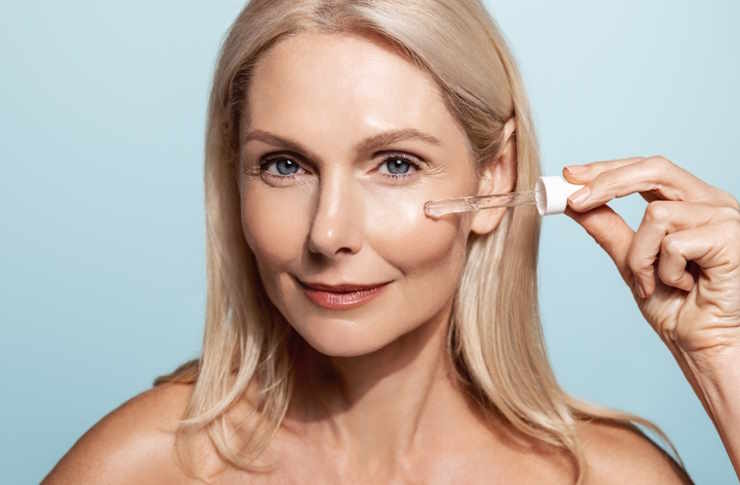Navigating the World of Dermal Fillers: A Comprehensive Overview
In the realm of aesthetic medicine, the demand for minimally invasive procedures has seen a steady rise over the past decade. Consumers are increasingly prioritizing treatments that offer immediate results with minimal downtime, propelling the popularity of injectable treatments like dermal fillers. This trend is not surprising, considering the dramatic yet natural-looking results that fillers can provide, often with no more inconvenience than a lunchtime appointment. However, despite their growing popularity, there's a lot of misinformation and confusion about what dermal fillers are, what they can do, and the risks involved. This article aims to demystify the world of dermal fillers, providing a comprehensive overview from their historical origins to their current applications and future potential.

The Genesis of Dermal Fillers
Dermal fillers have a surprisingly long history, with their origins dating back to the late 19th century. Early incarnations involved the injection of paraffin and silicone, both of which were later abandoned due to severe complications. It wasn’t until the late 20th century that safer, more effective materials were developed. The first FDA-approved bovine collagen-based filler, Zyderm, was launched in 1981, marking the beginning of a new era in aesthetic medicine. This was followed by the introduction of hyaluronic acid fillers in the early 2000s, which quickly became the gold standard due to their safety, efficacy, and versatility.
Understanding the Science Behind Dermal Fillers
Dermal fillers work by replacing lost volume in the skin, effectively ‘filling in’ wrinkles and folds, and providing a plumper, more youthful appearance. The active ingredient in most fillers is hyaluronic acid, a naturally occurring substance in the body that helps to maintain skin hydration and volume. As we age, our natural production of hyaluronic acid decreases, leading to the formation of wrinkles and loss of volume in the face. By injecting hyaluronic acid directly into these areas, fillers can restore lost volume, smooth out wrinkles, and enhance facial contours.
The Versatility of Dermal Fillers
One of the key features of dermal fillers is their versatility. They can be used to treat a wide range of aesthetic concerns, from smoothing out fine lines and wrinkles to enhancing lip volume and reshaping the nose. In addition, different types of fillers are designed for different applications, with varying levels of viscosity and longevity. This means that a skilled practitioner can customize a treatment plan to address the specific needs and goals of each individual patient.
Evaluating the Risks and Benefits
Like any medical procedure, dermal fillers come with their own set of risks and benefits. While the immediate results and minimal downtime are clear advantages, potential complications can include bruising, swelling, and in rare cases, more serious side effects like infection or allergic reactions. It’s important to note that these risks can be minimized by choosing a reputable, experienced provider and following their pre- and post-treatment instructions closely.
Looking Ahead: The Future of Dermal Fillers
The field of dermal fillers is constantly evolving, with new products and techniques being developed all the time. In recent years, there has been a shift towards more natural-looking results, with an emphasis on enhancing individual features rather than adhering to a one-size-fits-all beauty standard. Moreover, the development of longer-lasting and more versatile fillers is likely to continue, offering even more options for patients seeking to improve their appearance without undergoing invasive surgery.
In conclusion, dermal fillers represent a significant advancement in the field of aesthetic medicine, offering a safe, effective, and minimally invasive option for facial rejuvenation. As the technology continues to evolve, the possibilities for what can be achieved with these versatile treatments will only continue to expand.




